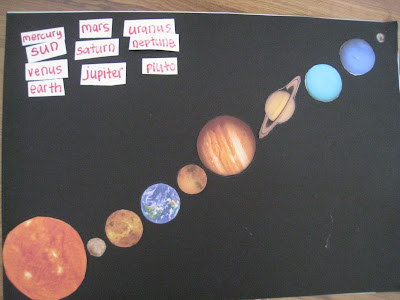There has been alot of discussion about Singapore's way of teaching Mandarin. Some claim that Mandarin lessons depressed, demoralized and traumatised them. Studies also show that Singaporean children don't score too well in Mandarin and many show no interest in the language.
While i have to admit, Mandarin wasn't my favorite subject in school but neither do i have any traumatising experience. I think the recent debate focuses too much on the methodology and many have neglected the fact that Mandarin, to start with, is a difficult language to master. I remember vividly that a Mandarin teacher conducted a survey by asking how many of us thought Mandarin was challenging. Most, if not all, even the top student in my Mandarin class, raised our hands. The teacher also acknowledged the same.
If you think carefully, its really no surprise. Mandarin words are made of symbols. One little dot can change the word to a whole new meaning. Not like English or even Malay, you can use phonics to sound out the word but for Mandarin, its immediate death. If you don't recognise the word, you don't recognise the word- that simple. There's NO such thing as phonics. And one character can mean one thing, put it with another character, it can mean something totally different. Pronouncing Mandarin words can prove to be diffcult as well. Its almost like singing.
From my observation, it seems that those who grew up in Mandarin speaking homes have better time mastering English than those from English speaking homes mastering Mandarin. Why? Simple, English is much easier to learn than Mandarin. Granted, most of my Mandarin speaking friends don't speak perfect English, but i would say their grammer, tenses are in place & they can be perfectly understood when conversing in English. But, i can't say for the same for people like me who are comfortable in English, we find it really hard to converse even in simple Mandarin. Alot of times, my Mandarin speaking friends have to switch to English for me and very seldom i have to switch to Mandarin- because they find it a torture hearing me speak in that language.
I personally think the solution to all this is, to start exposing Mandarin at home. Simply because it is easier for a child to master any language if they start from young. Look, the chinese children in China pick up the language with ease! If parents wait till the kids hit school, they may find it tougher to cope, having hit a age where they are not as absorbent as a 2, 3 year old.
But of course, the parent themselves must be fluent in Mandarin to start with. Unfortunately, its very common for Singaporean parents to be handicap in this language.
Fortunately for my son, i can read & recognise simple Mandarin words. I know enough basics to know how to pick new words up- all thanks to the Singapore education. So, while i cannot converse Mandarin with my son, i try to read alot of Mandarin words, play Mandarin DVDs for him, send him to Mandarin classes, teach him simple Mandarin words. I dont think these are enough to make him speak perfect Mandarin but i sure hope it gives him enough foundation for him to build on when he is in school.



 This makes up of a board and 100 small wood boards with the numbers 1- 100 printed on them. The aim is to have the child place the numbered pieces in sequence. This is to teach them counting and number sequence.
This makes up of a board and 100 small wood boards with the numbers 1- 100 printed on them. The aim is to have the child place the numbered pieces in sequence. This is to teach them counting and number sequence.



















